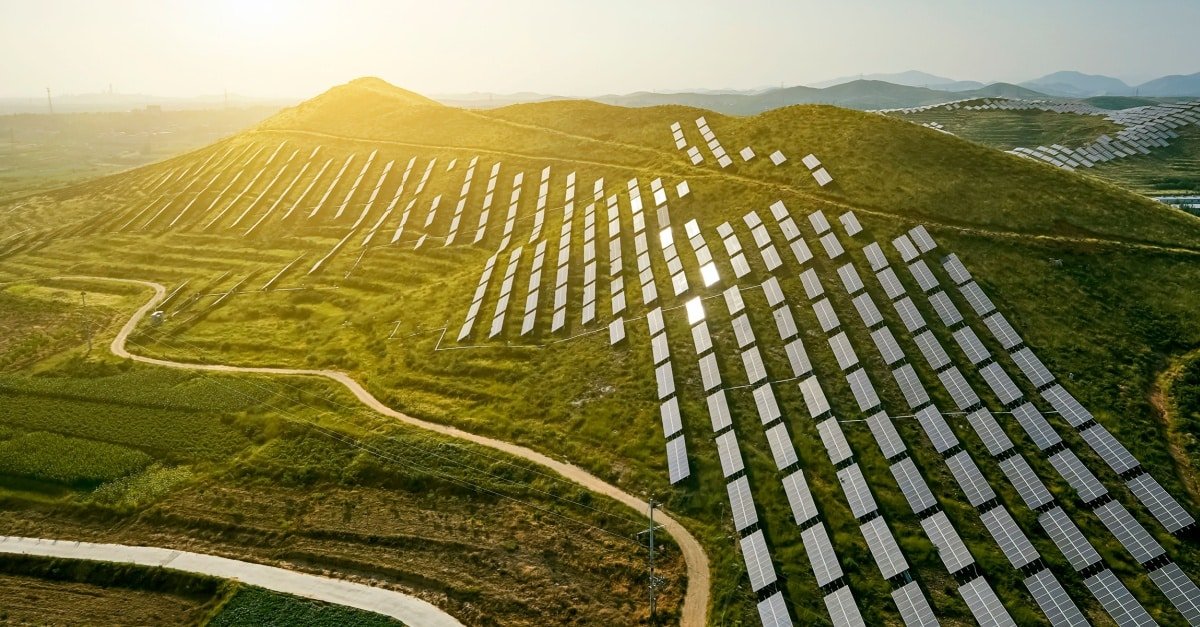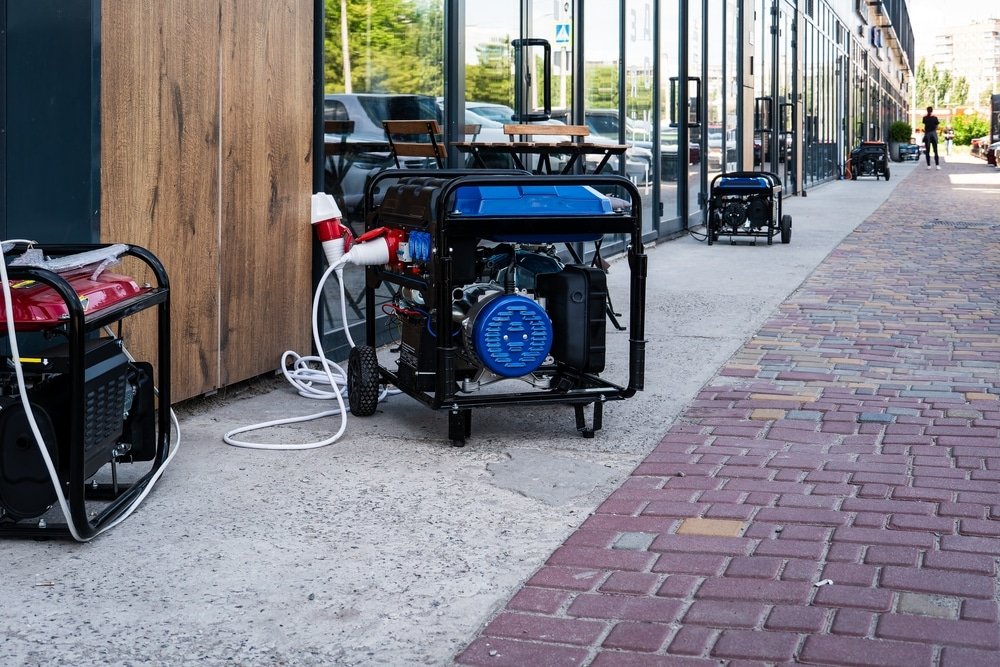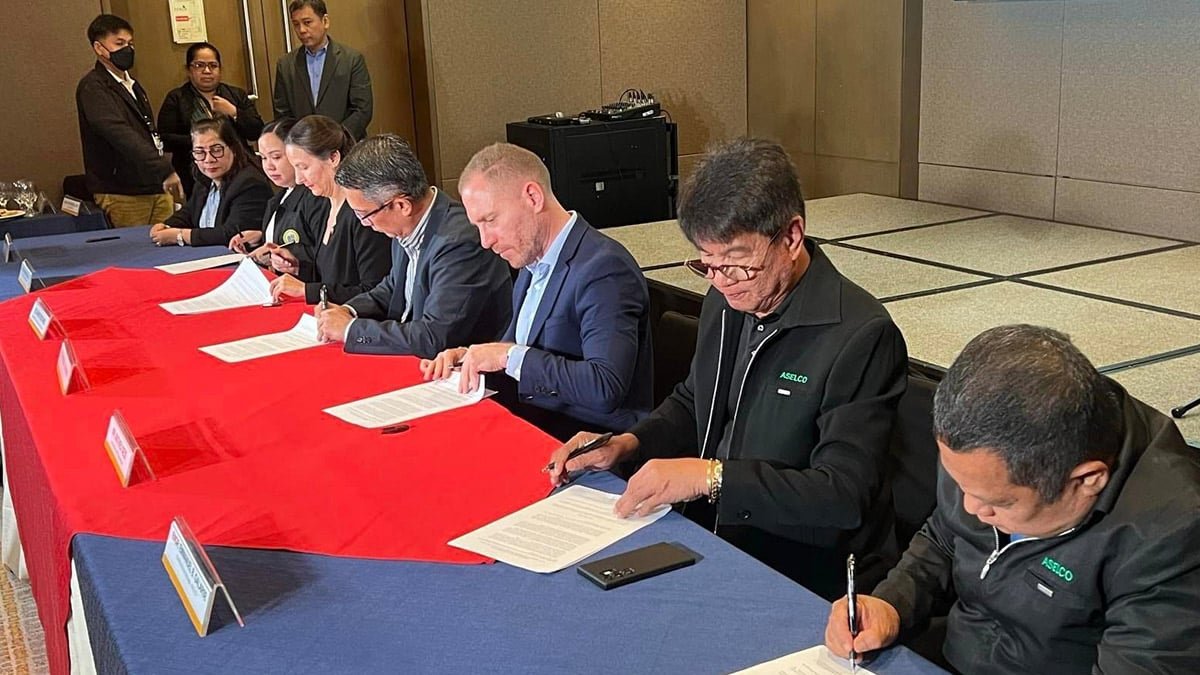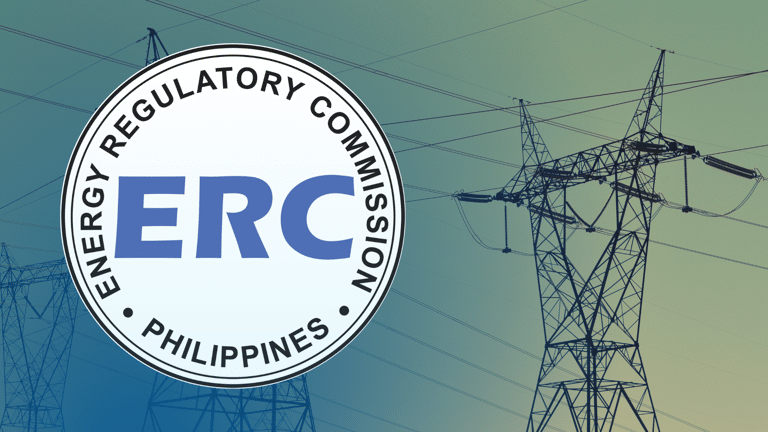
As Mindanao forges toward its goal of a 50-50 renewable to non-renewable energy mix by 2030, its rivers and waterfalls present a golden opportunity for harnessing clean energy. The second-largest island in the Philippines is often regarded as a treasure trove of natural resources, and its hydropower potential stands out as one of its most promising assets. Mindanao is dotted with numerous rivers, including the mighty Agus and Pulangi, which have long been recognized for their capacity to drive hydropower plants.Currently, fossil fuels still contribute to a significant portion of the region’s energy mix, with hydropower coming in second place. But there is a lot more hydropower potential to tap into, as evidenced by recent loan funding and new projects coming into the region.
The Philippine government, along with various private sector players, is recognizing the importance of investing in hydropower infrastructure to not only meet the growing energy demands but also to promote economic growth and environmental sustainability.
(Also Read: Mindanao’s Energy Mix Set to 50% Renewable by 2030)
Mindanao’s Hardworking Waters
For the region to realize its full renewable energy potential, Mindanawons must also embrace its unique waterways. Harnessing their potential not only promises to provide a reliable source of energy to the region but also fosters energy independence, and stimulates economic growth. Thanks to these indigenous water resources, Mindanao can very well lead the country’s charge into energy security and a sustainable future.
Lake Lanao
Lake Lanao in Lanao del Sur is the largest lake in Mindanao, Philippines, and one of the largest freshwater lakes in the country. With a surface area of approximately 340 square kilometers and an elevation of about 700 meters above sea level, it is characterized by its deep waters and a unique, oval-shaped basin, surrounded by mountains and forests.
Lake Lanao is inhabited by various ethnic groups, particularly the Maranao people, who have deep cultural ties to the lake and treat it as a source of livelihood through fishing, agriculture, and small-scale industries. To the rest of Mindanao, Lake Lanao is the biggest source of renewable energy as it is the primary reservoir that feeds into the Agus River.
Agus River
The Agus River is a major river complex that spans Lake Lanao and Iligan Bay. It is approximately 60km long and is characterized by its flowing water and rich biodiversity. Agus serves as the principal waterway from Lake Lanao to the Mindanao River Basin and is also home to Mindanao’s major hydropower infrastructure.
(Also Read: Boosting Mindanao River Basin Initiatives)
The Agus Hydroelectric Complex consists of 6 power plants along the river:
- Agus 1 in Marawi City, Lanao del Sur is an 80-megawatt (MW) power facility that stands at the upstream end of the river, right at the mouth of Lake Lanao.
- Agus 2, with a rated capacity of 180 MW, is 636m above sea level in the municipality of Saguiran, Lanao del Sur
- Agus 4 in Nangka, Balo-i, Lanao del Norte is Mindanao’s first underground hydroelectric plant and the third in the country, generating 158.1 MW among its 3 generating units.
- Agus 5 in Iligan City, Lanao del Norte consists of 2 units that generate a combined 55MW
- Agus 6, also in Iligan City, commands an impressive capacity of 200 megawatts. The plant utilizes the water from the famous Maria Cristina Falls
- Agus 7 in Iligan, with an installed capacity of 55MW, is the last of the existing cascading Agus Power Plant Complex
This complex alone generates a substantial portion of Mindanao’s power, serving both industrial and residential needs.
Pulangi River
The Pulangi River is another major river system in Mindanao. It originates from the highlands of Bukidnon and travels approximately 100 km before it merges with the Mindanao River. It is an essential waterway for the region, playing a significant role in local ecosystems, and hydropower generation as well.
The Pulangi 4 Hydroelectric Complex is another critical hydropower installation in Mindanao. With an installed capacity of 255 megawatts, this plant harnesses the Pulangi River to generate electricity. The National Power Corporation operates the facility, which has undergone various upgrades and maintenance to enhance efficiency and output since it started commercial operations in 1885.
Just like the 6 facilities in the Agus Power Plant Complex, Pulangi 4 operates using a dam that creates a reservoir, allowing for the storage and regulation of water flow. The water released from the reservoir flows through turbines, which convert the kinetic energy of flowing water into electrical energy, helping stabilize the region’s power supply.
Together, these hydro resources underscore Mindanao’s remarkable capacity for hydropower generation. Even better, it brings to the forefront a synergistic relationship between power facilities and the natural environment.
The Benefits of Hydropower to Mindanao
Hydropower energy contributes to the preservation of the region’s water resources. By effectively managing water flow through reservoirs, hydropower plants can enhance the availability of water for irrigation, drinking, and other agricultural needs.
This supports sustainable agriculture and promotes food security, directly impacting the livelihoods of local communities, especially IP groups adjacent to Mindanao’s rivers, waterfalls, and lakes. That’s not to mention the crucial role that hydropower projects can play in biodiversity conservation and the development of rural areas.
Clearly, Mindanao’s continued investment in hydropower not only addresses the pressing energy needs of the region but also provides a sustainable, environmentally friendly solution that nurtures both the planet and its people. The many benefits of hydropower energy present a compelling case for its role in securing energy for Mindanao and the rest of the country.



























































